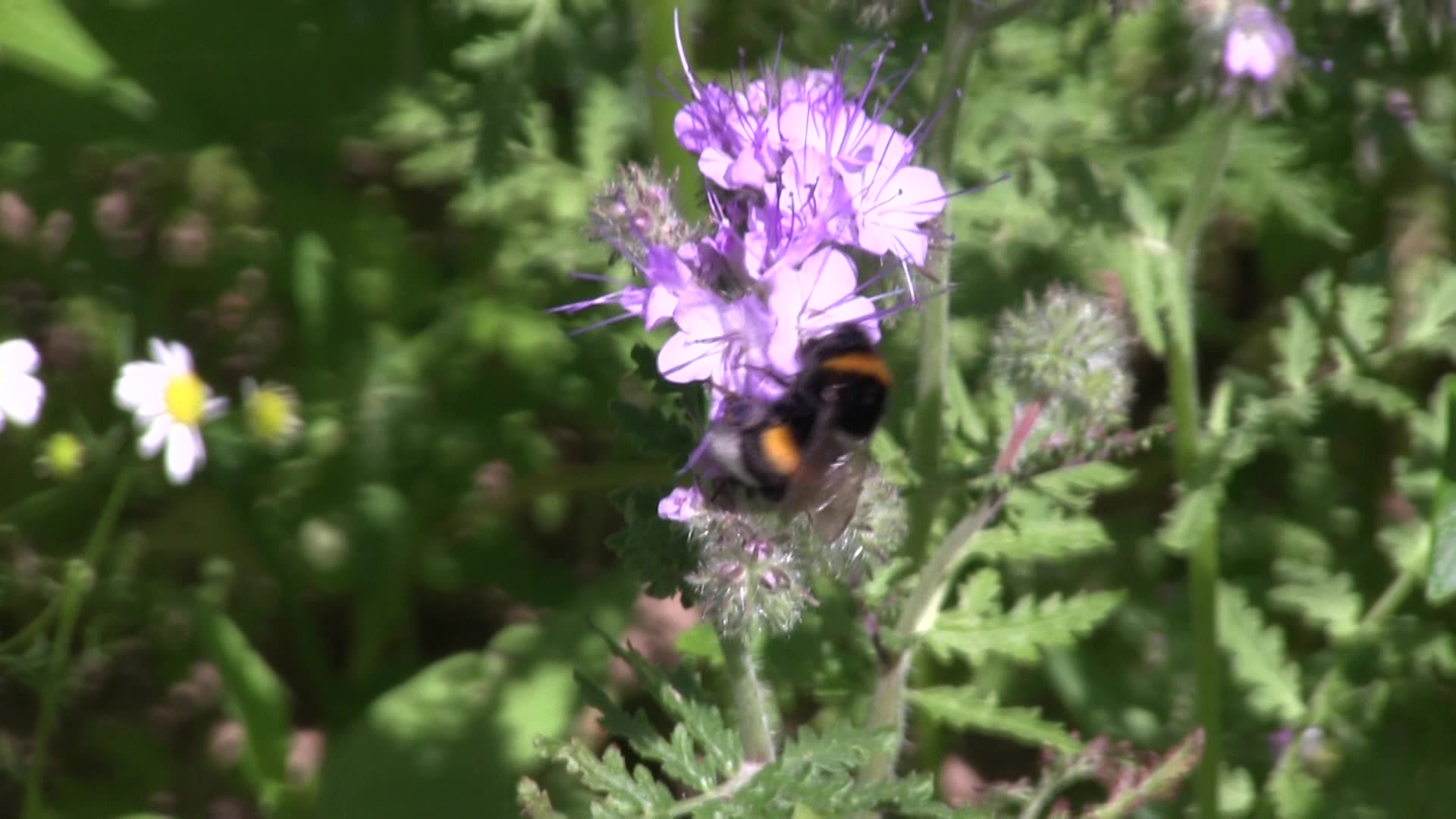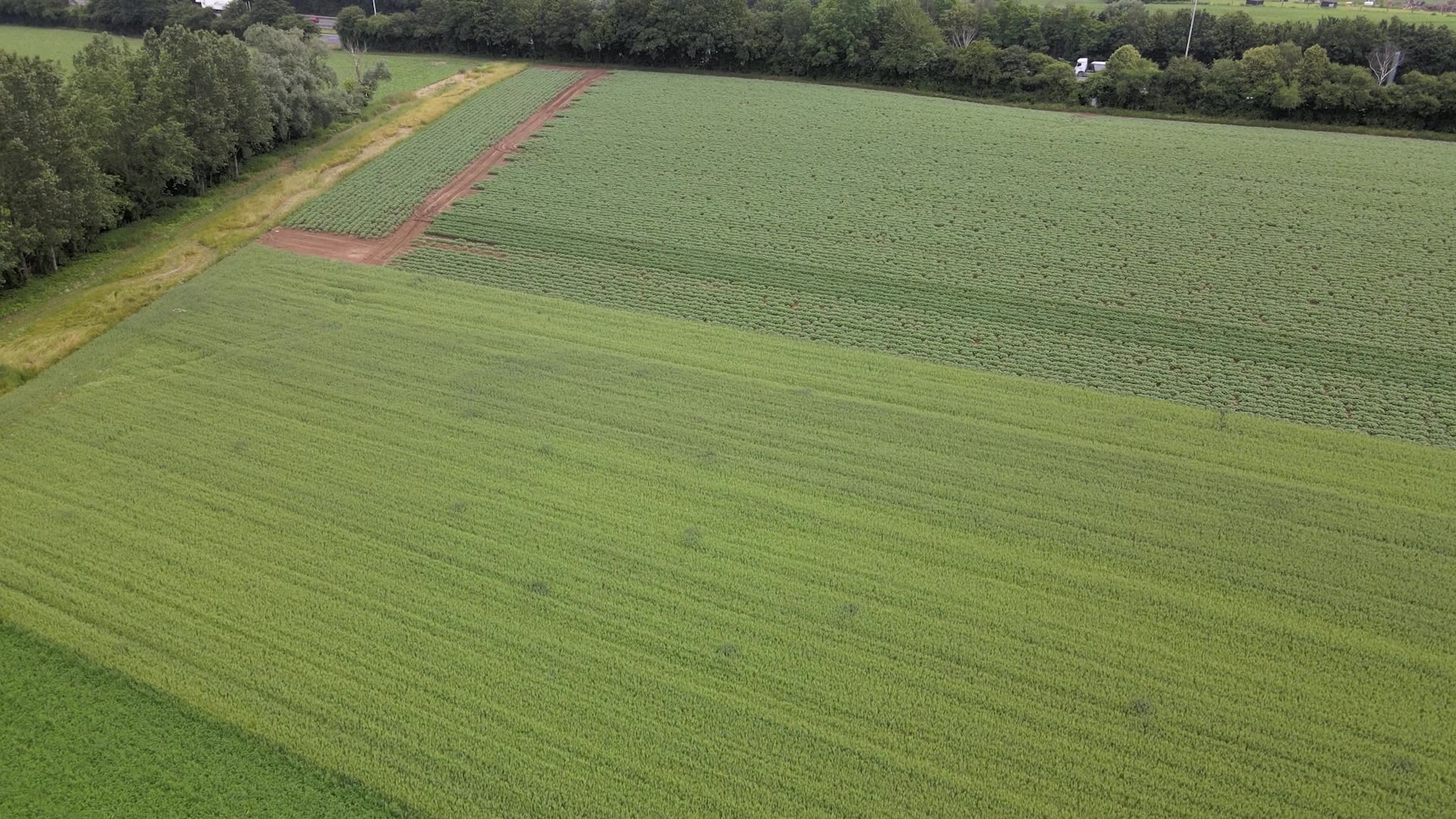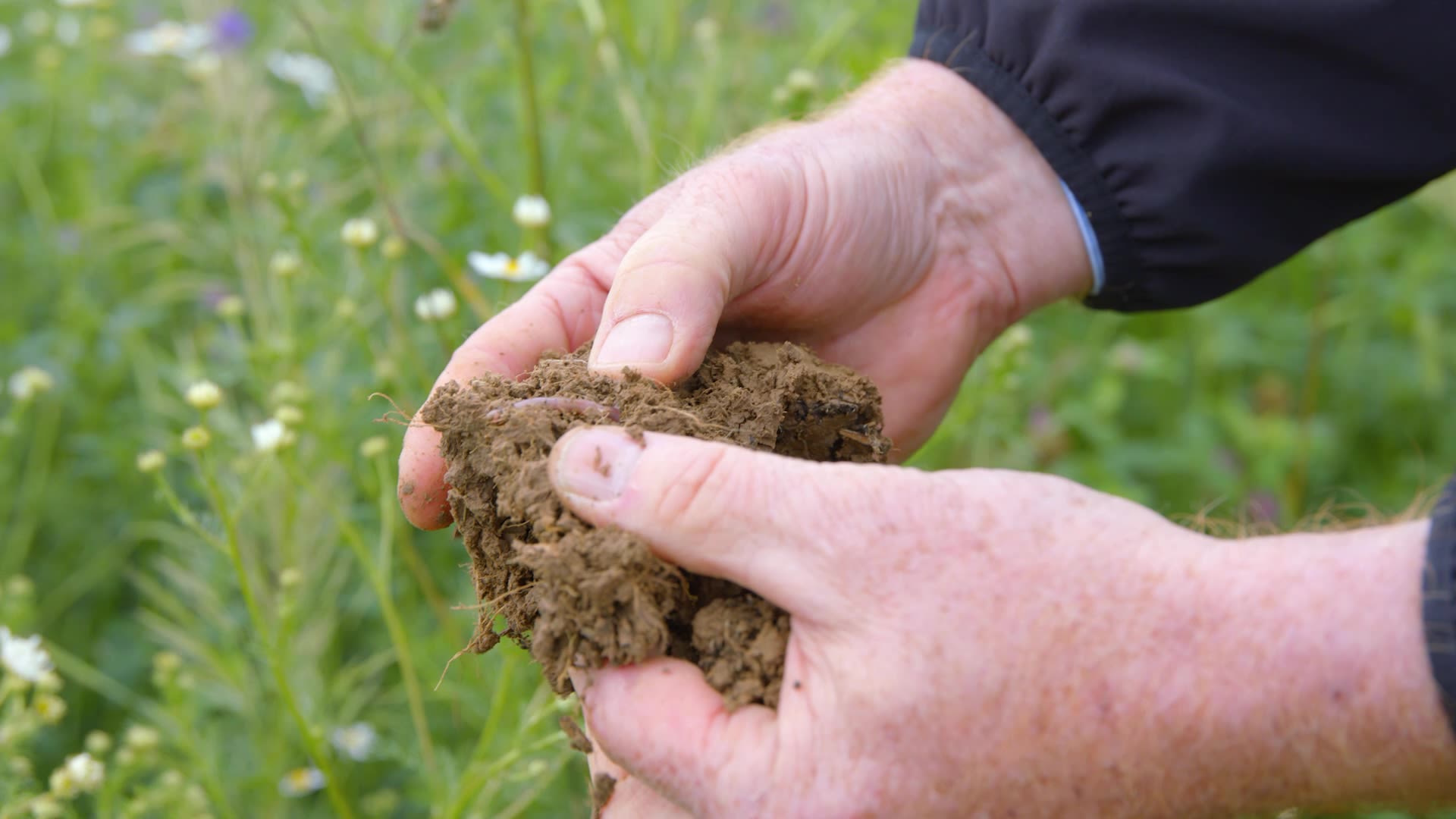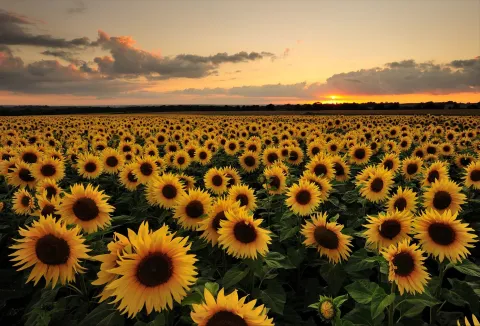Family farm’s blueprint for biodiversity

Inside the innovative Belgian farm where curiosity meets regenerative agriculture, creating a resilient blueprint for the future of farming.
Christophe Jolly’s first memory of farming is planting strawberries and picking apples with his father, brother and sister.
Although the apple trees have gone, what he learned growing up on the land remains the foundation for Jolly Farm – a commitment to biodiversity, the soil and the environment. “Our farm is our garden,” says Christophe.
Christophe Jolly (left) with his father Ferdinand on their farm.
Christophe Jolly (left) with his father Ferdinand on their farm.
Set near the picturesque town of Ittre, in the region of Wallonia, Belgium, the Jolly family farm has always been a place for trying and trialing new ways of farming and innovation.
It all began when Ferdinand Jolly, Christophe’s father, started farming in 1984. More than four decades later, with Christophe at the helm, the key values are still at the heart of everything they do, including a curiosity for the job and a focus on doing what’s right for the land.
Putting it into practice
The 300-hectare arable farm comprises two units – around 60 percent includes conventional crops such as wheat, barley and corn, with 10ha of max yield production so they can compare the differences in production practices side by side. The second area is around 120ha of organic production, which Christophe introduced nine years ago, with vegetable production including potatoes, chicory, onions, peas, beans, carrots, and strawberries which are directly sold to consumers.
The soils at Jolly Farm are mostly sandy loam. Although they offer good drainage, this means they are also susceptible to erosion, low water retention, lower fertilizer uptake and carbon storage.
“Soil is the main attention point on the farm,” says Christophe, who has been in charge since 2014. “If the soil structure is not good, or if we do not adapt the soil to store water or the nutrients that will feed our plants, we have a big issue.”
Jolly Farm has been working alongside Syngenta for a number of years, with the symbiotic relationship allowing the farm to test and trial new approaches and technology in real time, with knowledge transfer being a key part of Christophe’s approach. Through being a part of different groups and hosting visits, Christophe is passionate about sharing what he’s learned with others.
He says: “It’s about exchanging knowledge with other farmers and helping them to transition to more resilient practices.”
Understanding that his land requires a more prescriptive approach in order to produce more on the same land, Christophe recently trialed Syngenta’s INTERRA® Scan technology.
INTERRA® Scan is a high-resolution soil mapping service which provides detailed data to farmers about their soils, allowing them to make more informed decisions.
“It helps us to identify parts of the fields where we need to make variable applications of nitrogen or lime, for example, based on the maps that we have from INTERRA® Scan,” explains Christophe.
Put simply, the new technology allows Christophe to fully assess the status and capability of his soils, field by field.
“It’s about real optimization of your parcels of land. If you can make an impact at the right spot, you can have huge impact on your outcomes,” he says.

INTERRA® Scan technology allows Christophe Jolly to fully assess the status and capability of his soils, field by field.
INTERRA® Scan technology allows Christophe Jolly to fully assess the status and capability of his soils, field by field.
Nature-based support

Armed with more detailed data about the parameters of his sandy loam soil, this season Christophe introduced a biostimulant to his organic peas and carrots. Although too early to make a call on potential yield benefits for the peas, VIXERAN® was introduced to provide the plants with a natural source of nitrogen to improve crop nutrition.
He says: “The two stress points in organic production are getting rid of the weeds, and nitrogen - which is not that easy to find. It’s not available directly for the plants, so solutions that help to make the nitrogen available to the plants are really good solutions for organic cropping. And that's why we try biological products like VIXERAN®.
“With the carrots, they will be harvested in October. Then we will have the long-term effect of the product which will be visible, so we will be able to assess the efficacy at the end of the crop.”
As well as trialing biologicals, Jolly Farm implements a number of regenerative agriculture practices, such as cover cropping and minimum tillage, across its conventional production areas to reduce environmental impact and restore soil health.
Christophe was introduced to regenerative agriculture in 2010 through northern France's ‘agriculture de conservation’ or conservation agriculture movement, where farmers were pioneering soil health practices in challenging three-crop systems of wheat, barley, and rapeseed.
French farmers were focused on retaining soil carbon through farming methods rather than external inputs, as they had no other options to improve their degraded soils.
“It was not really widespread in Belgium at that time, but I informed myself a lot of what French farmers were doing. Today, we do not plow unless it's necessary. We plow roughly 10 percent of our surface which is not that much.”
Regenerative agriculture at Jolly Farm means covering the soil as much as possible, and reducing the number of operations on the fields, says Christophe Jolly.
Regenerative agriculture at Jolly Farm means covering the soil as much as possible, and reducing the number of operations on the fields, says Christophe Jolly.
Christophe explains: “We try to cover the soil as much as possible, so we have green cover crops on all our fields. And we try to reduce the number of operations on our fields. For instance, we utilize direct seeding.
“With cover crops, the idea is to work with different families of plants, to have different root lengths and different plant heights above the ground. You're working on different soil levels, so you improve the structure of the soil, but you also have the biodiversity outside of the soil.”
He continues: “There are a lot of animals both in and on the soil that need plants that are alive to be able to survive. So, if you have soil which is not covered for one month and there are no plants to shelter them, they will die.”
Biological networks
In its ongoing efforts to enhance biodiversity, Jolly Farm has what it calls ‘biological networks’ - more than 20ha dedicated to biodiversity conservation through field margins, forested areas and agroforestry. This approach helps limit erosion and increases levels of mammals and beneficial insects.
“The first focus of my father when he took over the farm in 1984 was to make a biological network, because the farm was just big fields without any hedges or trees. We have been doing that for 40 years now. Roughly 5 percent of our total surface is actually for biodiversity, whether that is erosion strips, water strips or flower strips.
“We have a system which is able to achieve the equilibrium itself. If you do not have any trees, any flower margins, any fauna around, you do not have the biodiversity to fight against the pests.”
Explaining how Integrated Pest Management (IPM) helps to create a more sustainable pest control cycle on the farm, Christophe says: “When aphids appear in our crops, we let nature take its course. While we reach similar infestation levels as other local farmers, our beneficial insects do the work for us. Within three to four days, these natural auxiliaries effectively control the aphid population, eliminating the need for repeated chemical interventions."
Over the years, Ferdinand and Christophe have planted 15,000 meters of trees and hedges, implementing agroforestry, a practice which deliberately introduces trees into the farm system to provide ecological and economic benefits.
“The benefits for biodiversity are quite obvious, because we see birds, small mammals, and insects in the trees and around the fields. We see that there is an impact on the crops because you have a microclimate occurring between the trees, protecting crops and enhancing the soils,” Christophe says.
“After 20 or 25 years, we will have real data. At the moment when we speak about 14 years in agroforestry, it sounds like it's a long time, but in the life of the system, it's quite small. We think it's heading in the right way to make a resilient system.”

With a background in finance, banking and civil engineering, Christophe says that his previous careers have given him a unique lens to view the business through.
"Success in farming isn't just about high yields,” he says. “It’s about questioning your methods, understanding your margins, and staying curious about new possibilities."
His advice to growers?
“I think the key message would be to ask, ‘what can I do so that my system is the most resilient possible?’
“If you ask this question, it covers everything: How can I get my soil in good health? How can I generate biodiversity? How can I lower inputs? It’s about improving the resilience of the whole system.”
From implementing cutting-edge soil scanning technology and trialing biological solutions, to embracing regenerative practices, Christophe's approach demonstrates how modern farming can balance productivity with sustainability.
Proving that the path to resilient farming lies in working with nature, not against it, the Jolly family’s commitment to leaving the land better than they found it is a sustainable legacy for the next generation.
From early memories of strawberry picking with his father, to insights from a career in finance, Christophe Jolly applies his knowledge to make the farm more resilient.
From early memories of strawberry picking with his father, to insights from a career in finance, Christophe Jolly applies his knowledge to make the farm more resilient.
Christophe’s three rules for farming success
Question everything
- Challenge traditional practices
- Recognize that no system is perfect
- Adapt as conditions evolve each year
Calculate your margins
- Look beyond yield numbers
- Maintain detailed crop accounts
- Analyze financial performance
Stay curious
- Observe what's happening around you
- Seek ways to improve your system
- Keep learning and adapting









